New Orleans, the shimmering gem of Louisiana, is not just a magnificent “riverside” city but also a vibrant cultural tapestry where jazz music thrives and French architecture mingles with unique cuisine. Amidst this lively city, the French Quarter stands out as a historical witness, intriguing visitors with its ancient charm and mysterious tales. Let’s explore the fascinating experiences that await you in this captivating French Quarter.
French Quarter: A Historical Landmark in the Heart of New Orleans
The French Quarter, also known as Vieux Carré, is the historical heart of New Orleans, retaining unique architectural imprints deeply influenced by French and Spanish cultures. Established in 1718, this quarter has witnessed numerous historical upheavals, from major fires to Spanish rule, creating a unique blend of architecture that is hard to find anywhere else in the world.
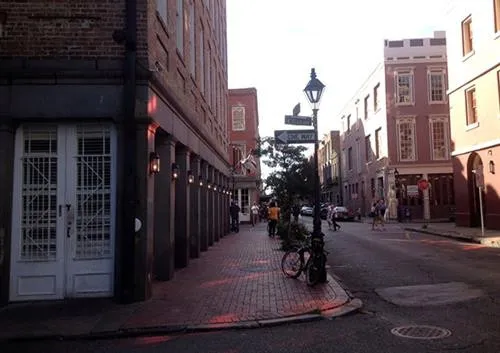
Unique Architecture: A Fusion of French and Spanish Elements
The most notable feature of the French Quarter is its four- to five-story buildings with striking red-tile roofs, graceful arched windows, and intricately patterned iron balconies. These balconies not only serve as architectural highlights but also as spots where locals and tourists relax and observe the vibrant life of the quarter. The blend of classic French architecture and Spanish style creates a distinct, alluring appearance for the French Quarter, leaving visitors in awe.
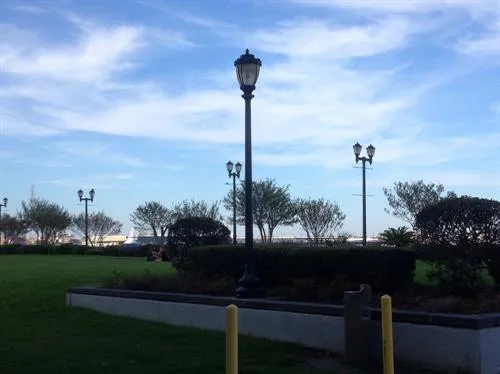
Jackson Square: The Cultural Heart of the French Quarter
Jackson Square, the hub of the French Quarter, features the majestic statue of Andrew Jackson, the seventh President of the United States. This location is not only a historical site but also a vibrant cultural space where visitors can relax at outdoor cafes, watch friendly pigeons, and immerse themselves in lively street art.
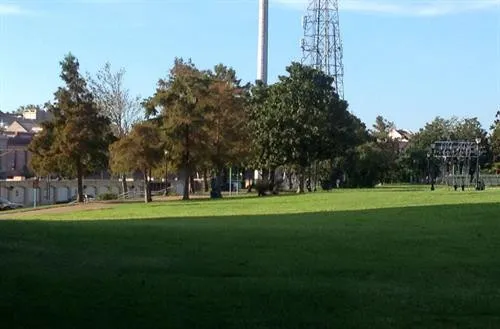
Flanking the square are two four-story red-brick buildings named the Upper and Lower Pontalba, constructed in Parisian architectural style in 1840. Today, these buildings house the oldest rental apartments in the U.S., with the ground floors occupied by bustling shops and restaurants.
Saint Louis Cathedral: A Historical Witness of New Orleans
Saint Louis Cathedral, also known as St. Louis Cathedral, is one of the oldest cathedrals in the United States, located right next to Jackson Square. The first church was erected in 1718 along with the French Quarter and has undergone several reconstructions and renovations. The current architecture features a Gothic style with soaring vaults and splendid stained-glass windows, creating a sacred and solemn space.
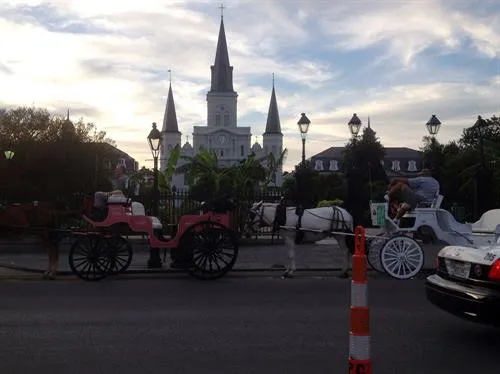
Unique Culinary Experience in the French Quarter
The French Quarter is not only renowned for its architecture and history but also a culinary paradise with countless specialty dishes and famous restaurants. Here are a few suggestions to fully savor the flavors of the French Quarter:
Beignets at Cafe Du Monde
No visit to New Orleans is complete without savoring a beignet at Cafe Du Monde. This iconic deep-fried pastry, originating from France, features a crispy exterior with a soft, fragrant interior. The beignet is typically dusted with a thick layer of powdered sugar, offering an irresistible sweetness.
Gumbo and Jambalaya
Gumbo and Jambalaya are two of New Orleans’ most famous Creole dishes. Gumbo is a thick stew often prepared with seafood, chicken, or sausage, along with vegetables and distinctive spices. Jambalaya is a rice dish mixed with seafood, chicken, sausage, and vegetables, offering a rich and flavorful experience.
Po’boys
Po’boys are a typical New Orleans sandwich often stuffed with fried seafood, grilled meat, or sausage, along with lettuce, tomatoes, and mayonnaise. Po’boys come in various types, from fresh seafood to savory grilled meats, catering to every palate.
Immerse Yourself in Vibrant Festival Atmosphere
New Orleans is dubbed the city of festivals, and the French Quarter is the hub for these activities. Here are a few prominent festivals not to be missed when visiting the French Quarter:
Mardi Gras
Mardi Gras, or Fat Tuesday, is New Orleans’ largest and most famous festival, taking place in February or March annually. This festival features a series of parades, masquerades, and lively parties, with jazz, R&B, and funk music filling the streets.
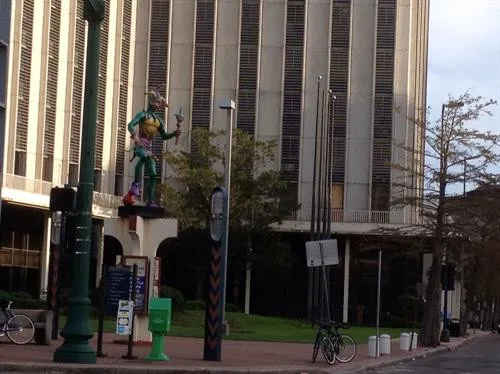
Jazz & Heritage Festival
As the birthplace of jazz, New Orleans hosts numerous music festivals throughout the year. The Jazz & Heritage Festival is one of the largest and most renowned, attracting thousands of artists and fans from around the world.
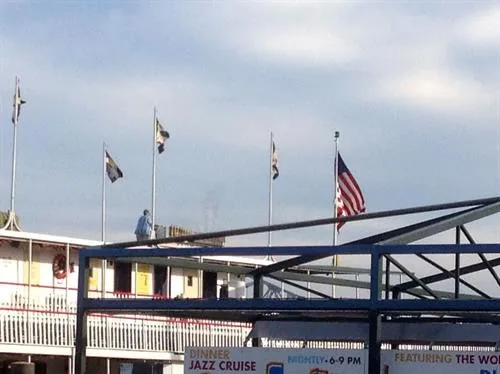
Useful Travel Tips for the French Quarter
To have a complete and memorable exploration of the French Quarter, consider these helpful tips:
- Ideal Time to Visit: Spring (March-May) and fall (September-November) are the best times to visit New Orleans, with cool and pleasant weather.
- Getting Around: The French Quarter is quite compact, easy to explore on foot. Alternatively, you can use streetcars or carriages for transportation.
- Accommodation: There are numerous quaint hotels and inns in the French Quarter, from luxurious hotels to budget accommodations.
- Safety: The French Quarter is a safe tourist area, but be mindful of personal belongings and avoid walking alone at night in deserted areas.
Conclusion
The French Quarter in New Orleans is a unique and fascinating destination where you can explore its rich history, culture, cuisine, and music. With the information and experiences shared in this article, we hope you will have a complete and memorable exploration of the French Quarter. Are you ready to discover this charming French Quarter?